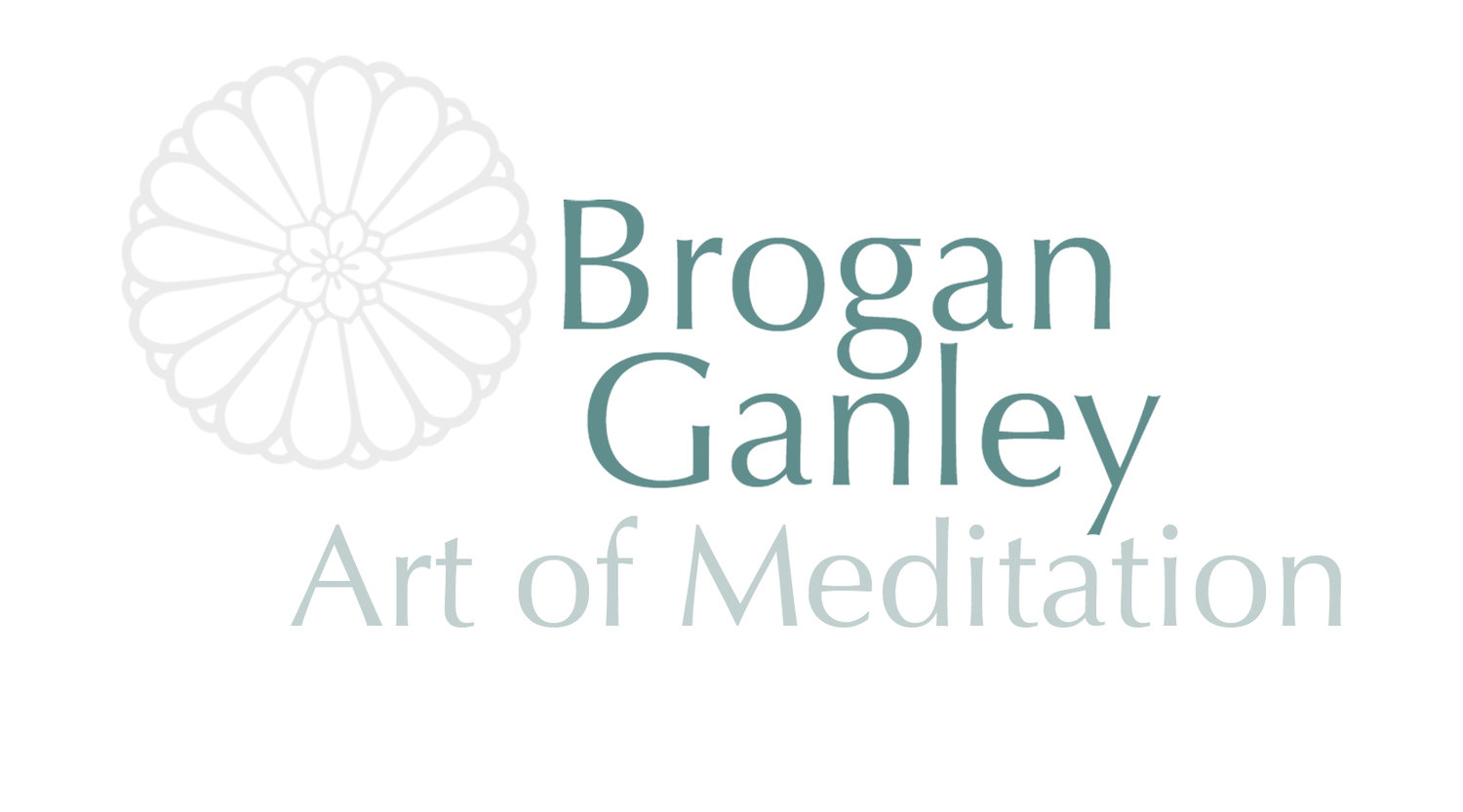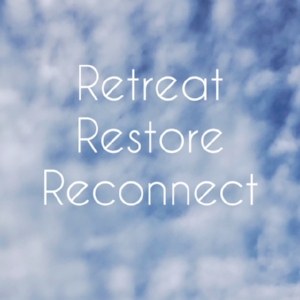How to Manage Times of Transition
/Be in the moment you are in
As summer ends and we try to establish routines, things can feel pretty chaotic and overwhelming. If you have children, they are no doubt going though a bit of transition into a new school year with new people to meet, new teachers, new expectations, and, for some, even a new school.
How can we hang on to that spacious feeling of summer amongst it all? Here are a few tips:
1. Start each morning mindfully. When you first awake, instead of instantly reaching for your phone or mentally constructing your to-do list, try just bringing your awareness to your body. An initial mindfulness practice can really help tone your nervous system for the day. Listen to your breath, coming into your body. This grounds you in the present moment and helps move you into a state of awareness and calm. It’s not necessary to change your breath in any way, just simply notice the inhale and exhale. Enjoy it. Feel that centering, connecting to your inner calm and inner wisdom.
2. Be deliberate in prioritizing tasks. It can be tempting to multitask, scrambling to doing a bit of this and a bit of that, running from one thing to another, juggling like crazy. Sometimes we simply can’t avoid this, but it can also become an incredibly inefficient habit.
When we apply mindfulness, we prioritize our tasks, attending to each of them calmly, one by one. Pay attention to each thing, bringing your focus back to it when your drift away or find yourself shifting to something else. A to-do list can be immensely helpful to keep you focused, also providing the satisfaction of crossing the task off when it's done! These lists can really be helpful for kids, too.
3. Take mini-mindfulness breaks throughout the day. Pause for a moment, pay attention to your feet connecting to the floor, notice what your hands are doing, be aware of any sensations, take note of the rest of your body, shifting your concentration from one body part to the next. Follow your breath and allow your mind to clear. Small breaks can make all the difference in a chaotic day.
4. Use your lunch break wisely. Make sure you take one, even if it's brief. Get away from your desk, take a walk. Is there a way to connect to nature? In NYC we are so lucky to have an abundance of parks, so get out and enjoy one! Connecting with nature reduces depression and increases energy and productivity. Taking a quick walk in your lunch hour pays off in your state of mind and your overall health, as well as your efficiency.
5. Be aware of your environment. Create moments in the day when you stop and fully take in your surroundings. On your walk to work, notice the light falling, making patterns on the pavement, notice the plastic bag being carried by the wind, and the sensation of the sun on your skin. These moments of full awareness can be profoundly beautiful, releasing tension at different points during the day. Focusing on what's around you, your mind can find a respite.
6. Bring back the Gratitude Practice. In times of stress or transition, bringing awareness to the positive, the things we are grateful for can really help keep things in perspective. This goes for children, too. Recognizing the day's stressful aspects, yet focusing on the positive thing that they were grateful for, can help provide context for them. Try using a gratitude jar for the whole family: simply writing down a few things on a slip of paper and popping it into the jar. Or make it a part of your coming-together routine, by going around the dinner table and either sharing or reading the things you are all grateful for. This can be a wonderful way to connect. Or for more private observances, keep a note book next to your bed, to reflect on gratitude right before you go to sleep.
7. Develop a Mindful Meditation Practice. It can literally change your life. There is an abundance of research showing that a regular meditation practice can help with stress, anxiety, depression, and pain. Now is the time to begin.



















